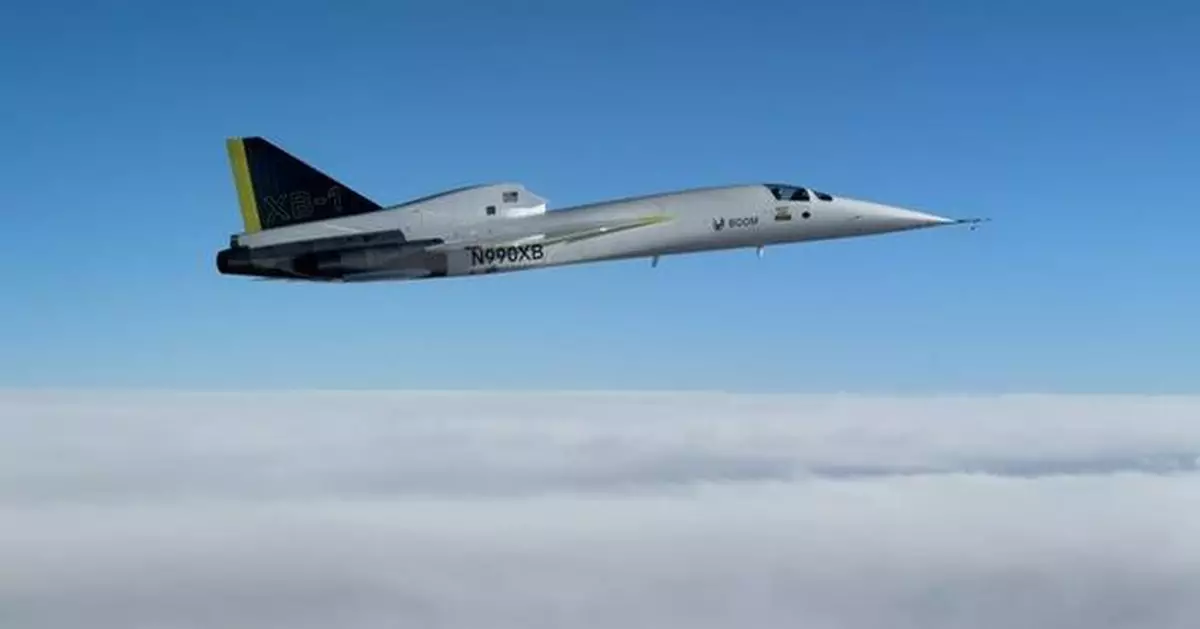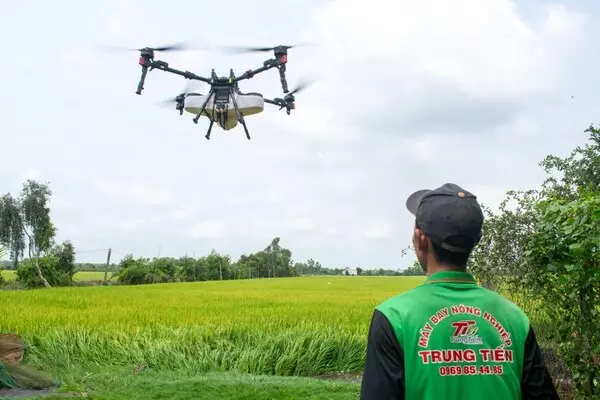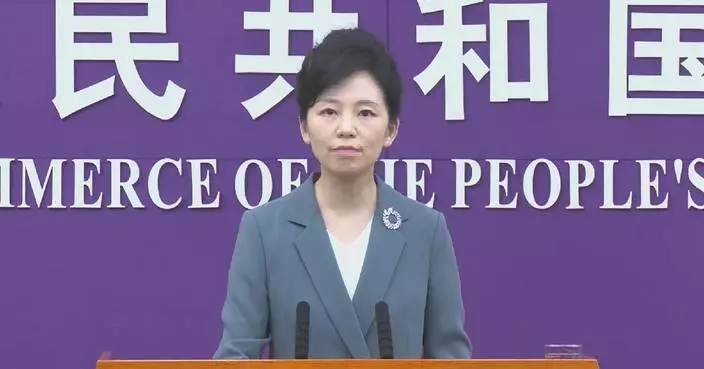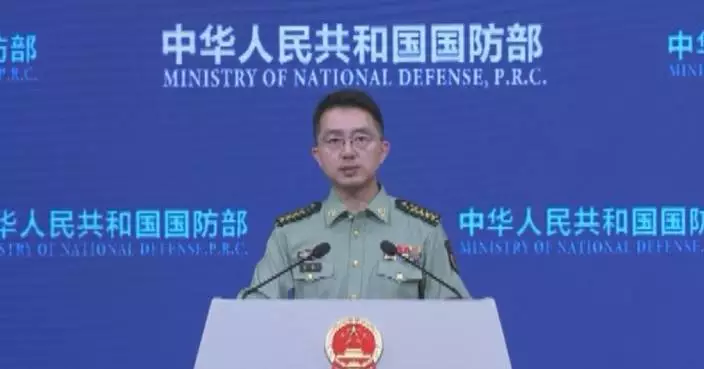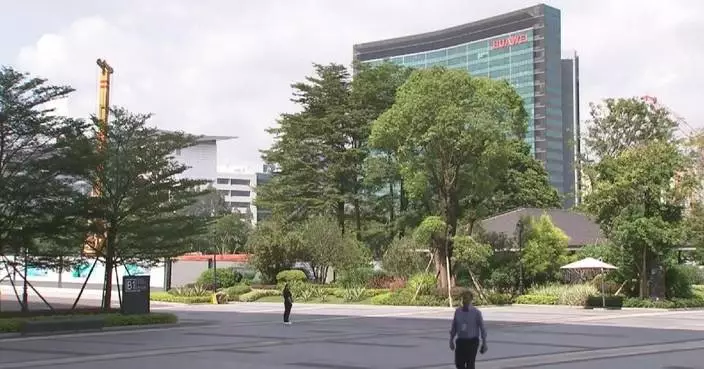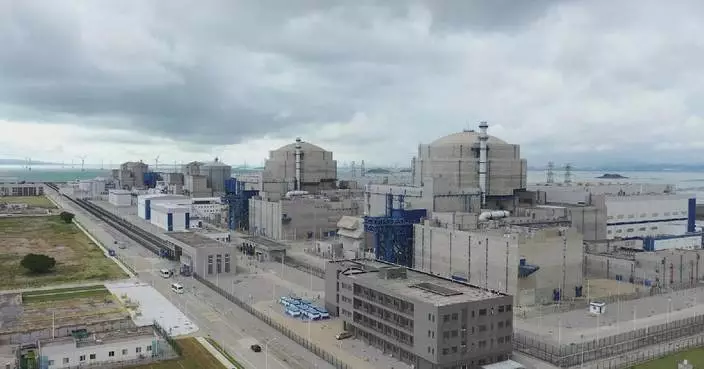The first civil supersonic jet made in America breaks the sound barrier in historic Mojave airspace
XB-1 demonstrator provides the foundation for Boom's supersonic airliner, Overture
MOJAVE, Calif. and DENVER, Jan. 29, 2025 /PRNewswire/ -- Boom Supersonic, the company building the world's fastest airliner, Overture, today announced the successful first supersonic flight of its XB-1 demonstrator aircraft at the Mojave Air & Space Port in California. Boom designed, built, and flew the world's first independently developed supersonic jet—the first civil supersonic jet made in America.
Flown by Boom Chief Test Pilot Tristan "Geppetto" Brandenburg, XB-1 entered the supersonic corridor and reached an altitude of 35,290 feet before accelerating to Mach 1.122 (652 KTAS or 750 mph) – breaking the sound barrier for the first time. Historically, supersonic aircraft have been the work of nation states, developed by militaries and governments. XB-1's supersonic flight marks the first time an independently developed jet has broken the sound barrier.
"XB-1's supersonic flight demonstrates that the technology for passenger supersonic flight has arrived," said Boom Supersonic founder and CEO Blake Scholl. "A small band of talented and dedicated engineers has accomplished what previously took governments and billions of dollars. Next, we are scaling up the technology on XB-1 for the Overture supersonic airliner. Our ultimate goal is to bring the benefits of supersonic flight to everyone."
The first supersonic jet built from airliner technology, XB-1 incorporates many of the key features found on Overture, such as carbon fiber composites, digital stability augmentation, and an augmented reality vision system for landing visibility.
Following its inaugural flight in March 2024, XB-1 completed a rigorous series of 11 human-piloted test flights under increasingly challenging conditions to evaluate systems and aerodynamics. Over the course of the flight test campaign, the XB-1 team systematically expanded the flight envelope through subsonic, transonic, and supersonic speeds—while taking smart risks and maintaining safety as top priority.
"It has been a privilege and a highlight of my career to be a part of the team that achieved this milestone—every single member of this team was critical to our success," said Tristan "Geppetto" Brandenburg, Chief Test Pilot for Boom Supersonic. "Our discipline and methodical approach to this flight test program created the safety culture that made a safe and successful first supersonic flight possible. With the lessons learned from XB-1, we can continue to build the future of supersonic travel."
XB-1 provides the foundation for Overture, validating key technologies while establishing a safety-first culture. Technologies proven through XB-1's test program that will also apply to Overture include:
XB-1's supersonic flight took place in the same historic airspace where Chuck Yeager broke the sound barrier for the first time in 1947, among many other historic firsts. The first supersonic flight of XB-1 marks the first human-piloted civil supersonic flight since Concorde's retirement over 20 years ago, paving the way for the return of commercial supersonic flight onboard Overture. Overture will carry 64-80 passengers at Mach 1.7, about twice the speed of today's subsonic airliners, on over 600 global routes.
Overture has an order book of 130 orders and pre-orders from American Airlines, United Airlines, and Japan Airlines. In 2024, Boom completed construction on the Overture Superfactory in Greensboro, North Carolina, which will scale to produce 66 Overture aircraft per year. Optimized for speed, safety, and sustainability, Overture and its bespoke propulsion system, Symphony, are designed to run on up to 100% sustainable aviation fuel (SAF).
For more information about XB-1, please visit: https://boomsupersonic.com/xb-1
For more information about Overture, please visit: https://boomsupersonic.com/overture
About Boom Supersonic
Boom Supersonic's mission is to make the world dramatically more accessible through flights that are faster, more affordable, more convenient, and more sustainable.
Boom is developing Overture, the world's fastest airliner, optimized for speed, safety, and sustainability. Overture will fly at twice the speed of today's airliners and is optimized to run on up to 100% sustainable aviation fuel (SAF). Overture's order book stands at 130 aircraft, including orders and pre-orders from American Airlines, United Airlines, and Japan Airlines. Boom is working with Northrop Grumman for government and defense applications of Overture. Suppliers and partners collaborating with Boom on the Overture program include Aernnova, Aciturri, Collins Aerospace, Eaton, Honeywell, Latecoere, Leonardo, Safran Landing Systems, Universal Avionics, and the United States Air Force.
Symphonyâ„¢ is the purpose-built turbofan engine that will enable supersonic flight. The Boom-developed engine is supported by world-class suppliers including Florida Turbine Technologies (FTT), a Kratos company, Colibrium Additive, and StandardAero.
XB-1 is Boom's technology demonstrator aircraft and the world's first independently developed supersonic jet. The aircraft first took flight in Mojave, CA in March 2024 and completed a series of flight tests, culminating in its first supersonic flight in January 2025. For more information, visit https://boomsupersonic.com.
Photos and video available at https://boomsupersonic.com/newsroom/media-assets
Connect with Boom Supersonic on X, LinkedIn, Facebook, Instagram, YouTube
** The press release content is from PR Newswire. Bastille Post is not involved in its creation. **
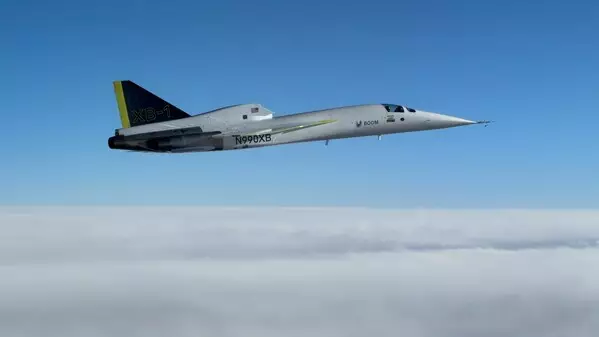
Boom Supersonic Achieves Supersonic Flight


